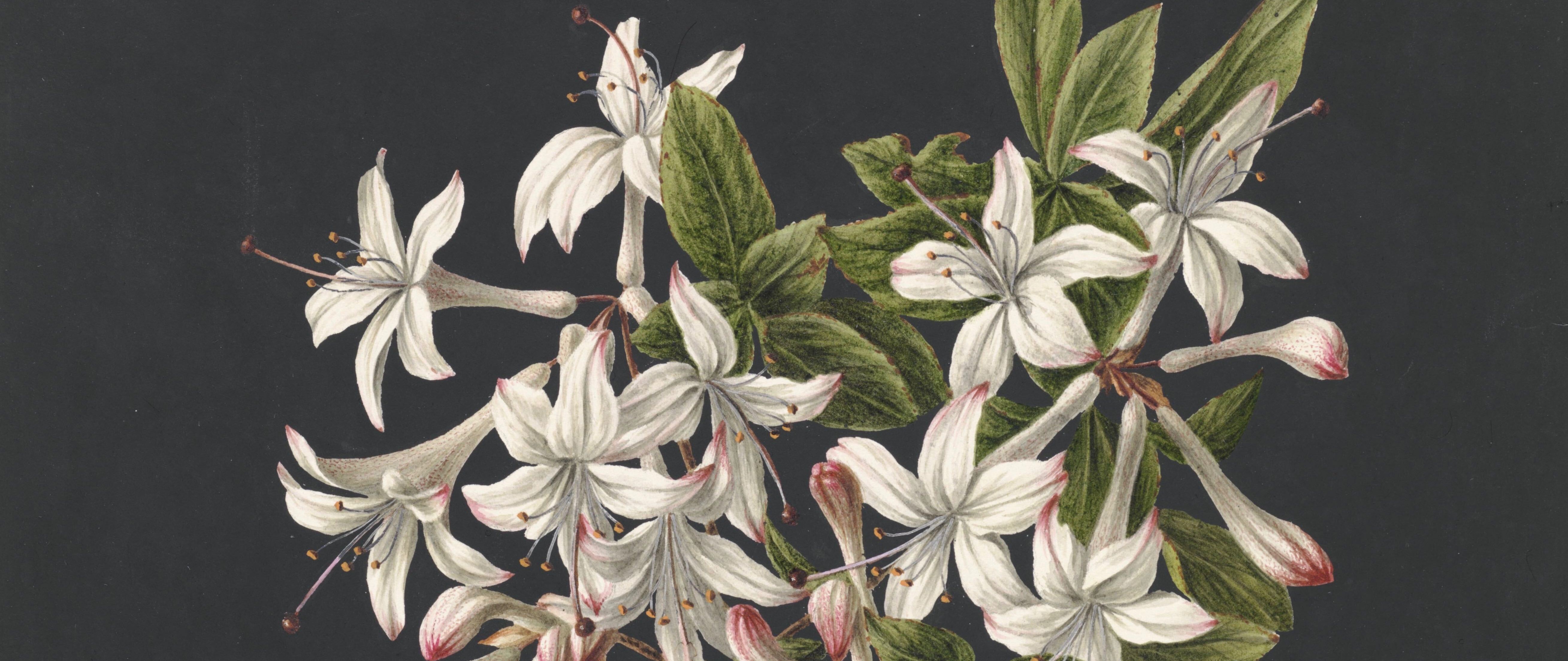
9.5K
Downloads
16
Episodes
“Unboxing the Canon” takes a closer look at the history of Western art. We might be seduced by the pretty packaging, such as soft brush strokes, brilliant colors, grand gestures, expert carving, even traditional iconography. But what happens when we take a deeper look? When we open the packaging and see what might have been invisible, or what is a cultural blind spot? Join Professor Linda Steer and listen in for a take on art history that connects the past to the present, critiques the canon, and reveals what might not be immediately apparent in Western art and its institutions.
Episodes

Wednesday Oct 26, 2022
Episode 14: Visible/Invisible
Wednesday Oct 26, 2022
Wednesday Oct 26, 2022
Episode 14: Visible/Invisible
In this final episode of Season 2, we re-think art historian Linda Nochlin’s famous question “why have there been no great women artists?” through an intersectional lens that addresses work by women artists of colour. This episode examines co-host Madeline Collin’s research on visibility, invisibility and marginalization in the work of contemporary artists. We talk about the politics of looking and how we might think about the gaze in the work of Kara Walker, Teresa Margolles, Ana Mendieta, and Mari Katayama. We also consider the notion of the absent body and its trace in several works of art.
Sources + further reading:
“All That’s Left: The Art of Teresa Margolles.” The Critical Flame. http://criticalflame.org/all-thats-left-the-art-of-teresa-margolles/.
“Ana Mendieta - MoMA.” The Museum of Modern Art. https://www.moma.org/artists/3924.
Burton, Laini, and Jana Melkumova-Reynolds. “‘My Leg Is a Giant Stiletto Heel’: Fashioning the Prosthetised Body.” Fashion Theory 23, no. 2 (2019): 195–218.
Campion, Chris. “Punk Prosthetics: The Mesmerising Art of Living Sculpture Mari Katayama.” The Guardian, March 6, 2017, sec. Art and design. https://www.theguardian.com/artanddesign/2017/mar/06/mari-katayama-japanese-artist-disabilities-interview.
“Covered in Time and History: The Films of Ana Mendieta.” NSU Art Museum Fort Lauderdale. https://nsuartmuseum.org/exhibition/covered-in-time-and-history-the-films-of-ana-mendieta/.
“‘Each Bubble Is a Body.’ Teresa Margolles.” Seismopolite. http://www.seismopolite.com/each-bubble-is-a-body-teresa-margolles.
“Kara Walker. Gone: An Historical Romance of a Civil War as It Occurred b’tween the Dusky Thighs of One Young Negress and Her Heart. 1994.” The Museum of Modern Art. https://www.moma.org/collection/works/110565.
Matsumoto, Masanobu. “Meet the Rising Japanese Artist Who Uses Her Amputated Legs to Question What Is a ‘Correct Body.’” ARTnews.Com. April 27, 2022. https://www.artnews.com/art-news/artists/meet-japanese-artist-mari-katayama-1234626715/.
McKeon, Lucy. “The Controversies of Kara Walker.” Hyperallergic. March 19, 2013. http://hyperallergic.com/67125/the-controversies-of-kara-walker/.
Nochlin, Linda. “From 1971: Why Have There Been No Great Women Artists?” ARTnews.Com. May 30, 2015. https://www.artnews.com/art-news/retrospective/why-have-there-been-no-great-women-artists-4201/.
“Teresa Margolles.” Peter Kilchmann Gallery. https://www.peterkilchmann.com/artists/teresa-margolles/overview/sonidos-de-la-muerte-sounds-of-death-2008.
Wuertz, Christopher Alessandrini, Stephanie. “Remembering Ana Mendieta.” The Metropolitan Museum of Art. https://www.metmuseum.org/perspectives/articles/2021/10/from-the-vaults-remembering-ana-mendieta.
Credits
Season 2 of Unboxing the Canon is produced by Professor Linda Steer for her course “Introduction to the History of Western Art” in the Department of Visual Arts at Brock University. Our sound designer, co-host and contributing researcher is Madeline Collins.
Brock University is located on the traditional lands of the Haudenosaunee and Anishinaabe peoples, many of whom continue to live and work here today. This territory is covered by the Upper Canada Treaties and is within the land protected by the Dish with One Spoon Wampum Agreement. Today this gathering place is home to many First Nations, Métis and Inuit peoples and acknowledging reminds us that our great standard of living is directly related to the resources and friendship of Indigenous people.
Our logo was created by Cherie Michels. The theme song has been adapted from “Night in Venice” Kevin MacLeod and is licensed under Creative Commons Attribution International 4.0.
Grants from the Humanities Research Institute and from Match of Minds at Brock University support the production of this podcast, which is produced as an open educational resource. Unboxing the Canon is archived in the Brock Digital Repository. Find it at https://dr.library.brocku.ca/handle/10464/14929
You can also find Unboxing the Canon on any of the main podcast apps. Please subscribe and rate our podcast. You can also find us on Twitter @CanonUnboxing and Instagram @unboxingthecanon or you can write to unboxingthecanon@gmail.com

No comments yet. Be the first to say something!